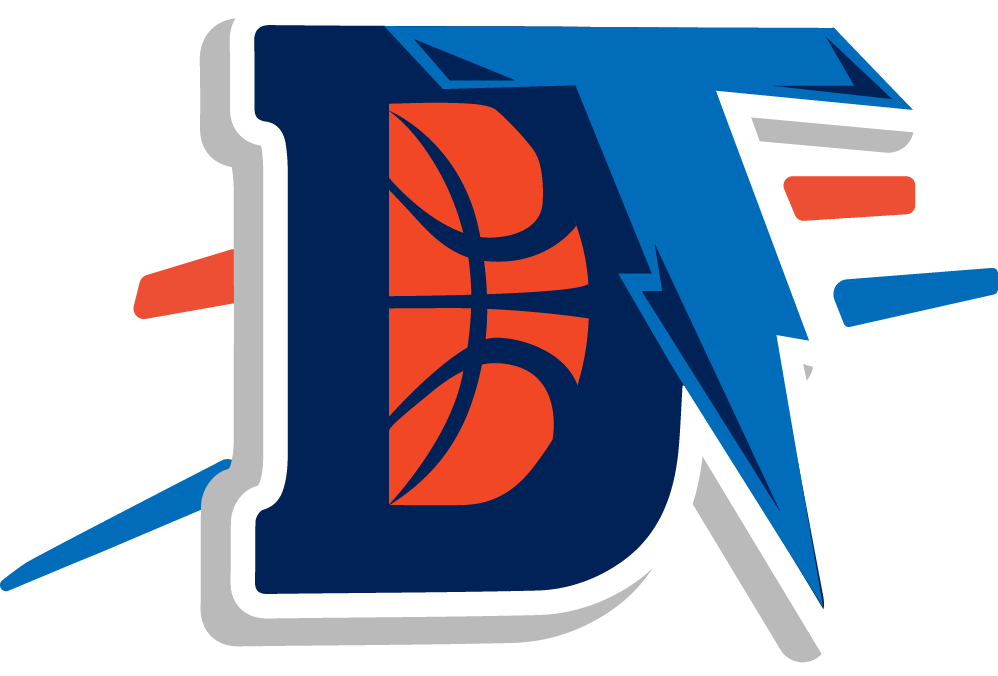The Case for Voting Yes

In 1993, the voters of Oklahoma City were presented with a visionary plan (called MAPS): approve a 1% increase on sales tax within the Oklahoma City limits to fund a number of projects to redevelop areas of downtown Oklahoma City. Fifty-five percent of voters approved that plan.
One of the nine projects in the original MAPS plan was an arena that could host concerts, events, but also a NHL or NBA franchise. Soon after voter approval of the MAPS project, city leaders began exploring options to lure a professional team to anchor the new arena. But it wasn’t a NBA team that the city sought, rather, a NHL franchise was thought to be the best chance for OKC to be upgraded to a “big-league city.” At the time, the NHL was in expansion mode, with many cities bidding to get a brand-new team.
And Oklahoma City nearly got one. Optimism abounded that OKC would be one of four cities to be awarded a team. It wasn’t to be. In 1996, the NHL announced that Columbus, Atlanta, Nashville, and Minneapolis/St. Paul would receive teams, with many believing that Oklahoma City lost at the eleventh hour to Columbus. The decision was deflating for many in the city.
Construction on the arena continued, however. The goal, however, wasn’t to build a top-of-the-line arena, but simply the bare minimum that could host a NBA or NHL team should the dream ever be achieved. The total cost–$87 million.
The bare minimum was sufficient to host the then-New Orlean Hornets for two seasons, but when the Seattle Supersonics relocated to OKC, voters again had to approve more than $100 million to upgrade the arena and build a practice facility.
After the updates, all completed now, taxpayers contributed over $220 million for an arena that is not a new gleaming palace like the Chase Center, but still relatively updated compared to many arenas.
Which has led many people to ask, why should taxpayers approve a continuation of the 1% sales tax rate bump (that has existed since the original MAPS was approved)? Why should the team owners have someone else pay the bill when they will reap the benefits of ticket revenue, exposure, and added value to the franchise?
Lots of arguments have been made on both sides. You have economists and city leaders saying that the economic benefits are enormous, and the benefits the team has brought to the city more than cover the costs of the facility. Other economists and interested parties are claiming that there is very little, if any, economic benefit, and that public funds of this magnitude are better spent elsewhere.
But arguing over economics is hardly the point.
You can’t really argue that having a NBA team isn’t good for the local economy. Restaurants, bars, and parking lots are filled with patrons spending dollars before every game. I’m sure the owners of those spaces think the Paycom Center has been a worthy investment.
You also can’t really argue that a billion dollars couldn’t have an enormous impact if spent on other public goods or services.
Let’s call it a tie.
So, why should the 1% sales tax continue to pay for a fancy arena so rich owners can have a place to host a sport?
Because having a professional team matters to a city. There is an intangible benefit that cities either value or don’t value. And when voters go to the polls on Tuesday, that’s exactly the decision they are making–would you rather be a city that fights to ensure it has one of thirty professional basketball teams, or a city that would be just fine without one?
(I’ll stop here to comment about the relatively small amount the team owners are contributing. In most other cities, team owners chip in more because they may have negotiated ancillary economic benefits from participating more in the cost. In an extreme example, you have a place like Madison Square Garden that is 100% paid for by private funds. MSG is a world-renowned venue located in one of the largest cities in the US. As a result, MSG generates substantial income beyond what’s generated by the New York Knicks. Value like that, sorry to say, just doesn’t exist in OKC. Public funds have to bear the lion share of the cost to entice team owners to see value in a market and city like Oklahoma City.)
Now, this is just one person’s opinion. An opinion that’s obviously biased, as a co-owner of a fan blog. But the increased global perceptions of OKC beyond a city of tragedy has to be traced in some part to having a professional basketball team.
(Side note: Read Boom Town by Sam Anderson.)
In cities all over the world, there are people sporting hats, shirts, and jerseys with Oklahoma City emblazoned across the chest. The city’s skyline has been a part of broadcasts reaching every part of the modern world. Heck, there were NBA Finals games being played in Oklahoma City.
The Thunder makes OKC way cooler than it would be without it. The team generates a sense of civic pride that you can’t put a price tag on. People are proud that one of the league’s brightest stars, Shai Gilgeous-Alexander, plays 41 games on Reno Ave. There’s a buzz that the potential Rookie of the Year, Chet Holmgren, wears Thunder blue. It’s damn cool that the NBA’s most respected general manager has an office in the same city that I do.
Having the Thunder represent OKC means something. All that meaning is at risk if the team doesn’t have a place to play that keeps up with the rest of the league.
